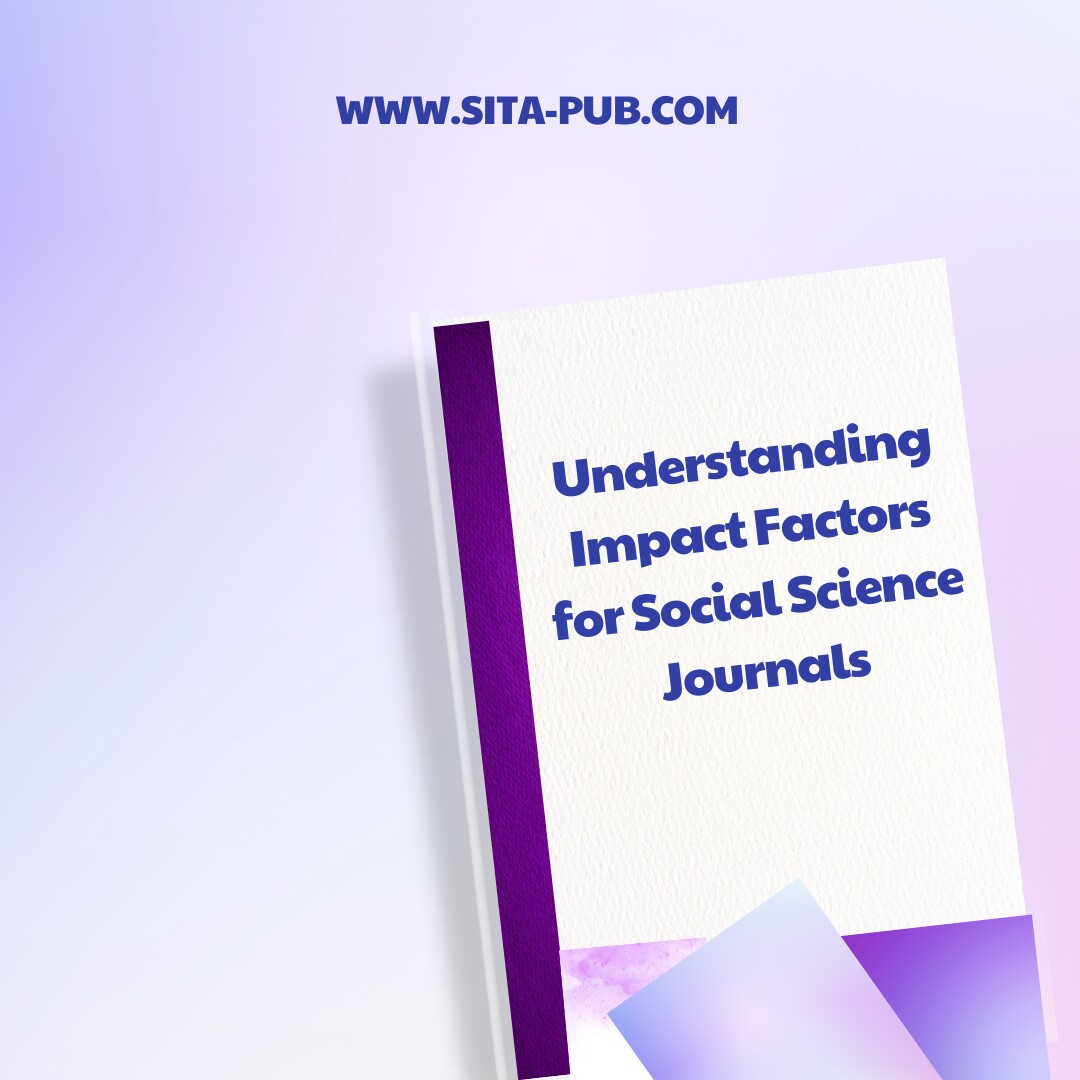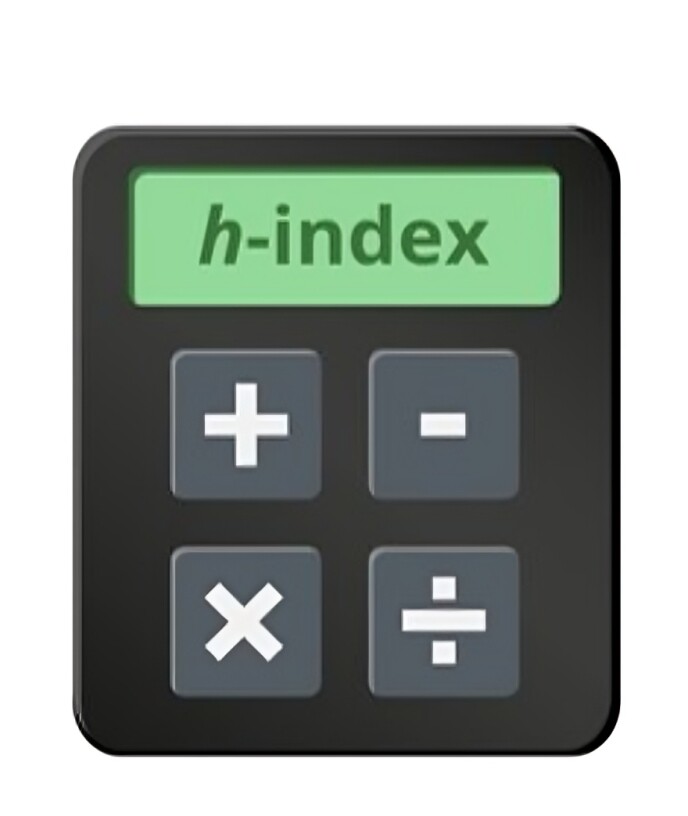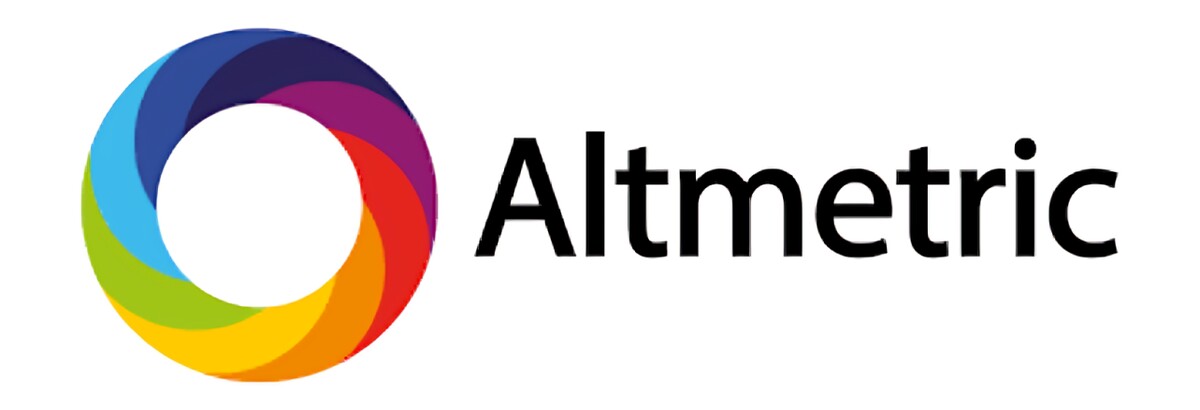Understanding Impact Factors for Social Science Journals


In the academic publishing landscape, metrics like the impact factor play a crucial role, especially for social science journals. This measure indicates how frequently articles are cited in other research, helping assess a journal's influence and academic reputation. Researchers often consider these citation metrics when deciding where to submit their work. This article will explore the significance of impact factors, how they are calculated, their implications for research visibility, and their limitations.
An impact factor serves as a measure of how often articles in a journal are referenced in other research papers. Typically calculated over a two-year period, this metric reflects the journal's quality and standing within the field. For example, if a journal published 50 articles and received 200 citations in the current year, the impact factor would be 4.0, indicating an average of four citations per article.


For researchers, choosing the right journal is essential. A higher impact factor often signifies a well-regarded publication, influencing decisions on where to submit research. This is particularly important for early-career academics seeking to establish their profiles.

Impact factors serve as an important quality indicator. Journals with higher scores usually have rigorous peer-review processes, ensuring that published articles meet high academic standards. This can enhance the visibility of research and contribute significantly to scholarly communication.

Publishing in high-impact journals is critical for academic career advancement. Researchers can improve their chances for promotions, tenure, and funding opportunities by demonstrating a strong publication record in reputable journals.

Calculating the impact factor involves a straightforward formula:
Count the number of citations in the current year for articles published in the previous two years.
Count the total number of articles published during that period.
Divide the first number by the second.
For instance, if a journal published 100 articles over two years and received 300 citations, the impact factor would be 3.0.
While impact factors are valuable, they come with limitations that researchers should consider.
Different academic fields exhibit varying citation practices. For example, medical journals may receive more citations than those in sociology. This variability can make comparisons misleading, as a journal with a lower impact factor might still hold significant influence within its specific area.
Impact factors emphasize the number of citations over the quality of research. A paper may be cited frequently without making a meaningful contribution to the field. This focus on quantity can lead to a publication strategy that prioritizes citation counts over research integrity.
Some journals may attempt to inflate their impact factors through questionable practices, such as publishing more review articles, which tend to be cited more often. This can create a distorted view of a journal's actual quality.
Impact factors are calculated based on citations from the last two years, meaning that significant research may take time to gain recognition. A high-quality article might not be cited immediately, leading to a lower score in the short term.
Given the limitations of traditional impact factors, researchers are encouraged to consider alternative metrics, such as:

h-index: This metric assesses both productivity and citation impact, considering the number of published articles and their citations.

Altmetrics: These metrics track broader attention to research outputs, including social media mentions and downloads, providing a more comprehensive view of a paper’s impact.
Understanding impact factors is essential for researchers in the social sciences. They serve as a useful tool for journal selection and assessing research impact, but it’s crucial to recognize their limitations. By considering these metrics alongside other measures and qualitative factors, researchers can make informed decisions about where to publish their work and effectively evaluate their contributions to the field.
If you're seeking high-impact factor social science journals for your research, we're here to help! At SITA Academy, our expert team can guide you in finding the right journals that fit your work. Maximize your research's visibility and impact.

If you have any questions, inquiries, or would like to learn more about our services, please don't hesitate to reach out to us. Our dedicated team is ready to assist you.